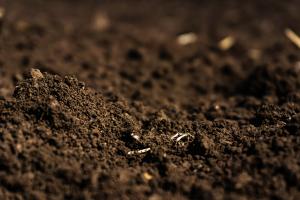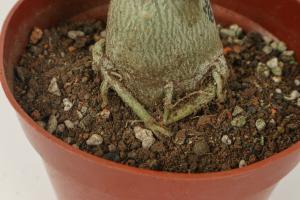Introduction
Snake plants are becoming increasingly popular as indoor plants due to their air-purifying qualities and easy maintenance. However, choosing the right kind of pot for a snake plant can be confusing. In this article, we will discuss what kind of pot a snake plant should be in and why it is essential.
Clay Pots
Clay pots are a classic choice for most indoor plants, including a snake plant. They are porous and allow air and water to pass through the pot's walls, providing the plant's roots with adequate airflow, which is beneficial for the root's health. The porous nature of clay pots also means that they absorb water, which can help regulate soil moisture levels. However, they are heavy and prone to breakage, making them somewhat challenging to move around.
Terra Cotta Pots
Terra cotta pots are similar to clay pots and offer the same benefits. They are porous, allowing air and water to pass through, and absorb excess water, helping to regulate the soil moisture levels. They are also affordable, making them an excellent choice for gardeners on a budget. However, they can be prone to breakage like clay pots, and they do need to be watered more frequently.
Plastic Pots
Plastic pots are lightweight, affordable, and unbreakable, making them a popular choice for many indoor gardeners. They are available in many sizes and colors, making them a versatile option to match any décor. However, they are not porous, preventing adequate airflow to the roots, leading to potential root rot. Plastic pots also tend to retain moisture, which can cause soil to stay too wet for too long, leading to other issues.
Metal Pots
Metal pots are trendy, with many gardeners opting for them to add a touch of contemporary style. They are lightweight, durable, and come in various designs and sizes, making them ideal for any space. However, metal pots are not suitable for snake plants as they conduct heat, causing the soil temperature to increase and become too hot for the plant. This can cause the roots to dry out, leading to potential root rot.
Ceramic Pots
Ceramic pots are a stylish and trendy option, with many designs and colors available to match any décor. They are also durable and unbreakable, making them ideal for indoor gardening. However, they are non-porous, preventing adequate airflow to the roots, leading to potential root rot. They also tend to retain moisture, which can cause soil to stay too wet for too long, leading to other issues.
Conclusion
In conclusion, choosing the right pot is crucial for the health of a snake plant. Clay and terra cotta pots are excellent choices as they are porous, allowing adequate airflow to the roots, and can absorb excess water, regulating soil moisture levels. Plastic, metal, and ceramic pots are also available but have their drawbacks. As a gardener, it is essential to consider the plant's needs and environment when selecting the right pot.

 how many times do yo...
how many times do yo... how many planted tre...
how many planted tre... how many pine trees ...
how many pine trees ... how many pecan trees...
how many pecan trees... how many plants comp...
how many plants comp... how many plants can ...
how many plants can ... how many plants and ...
how many plants and ... how many pepper plan...
how many pepper plan...































